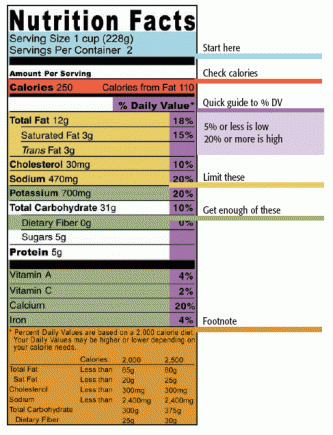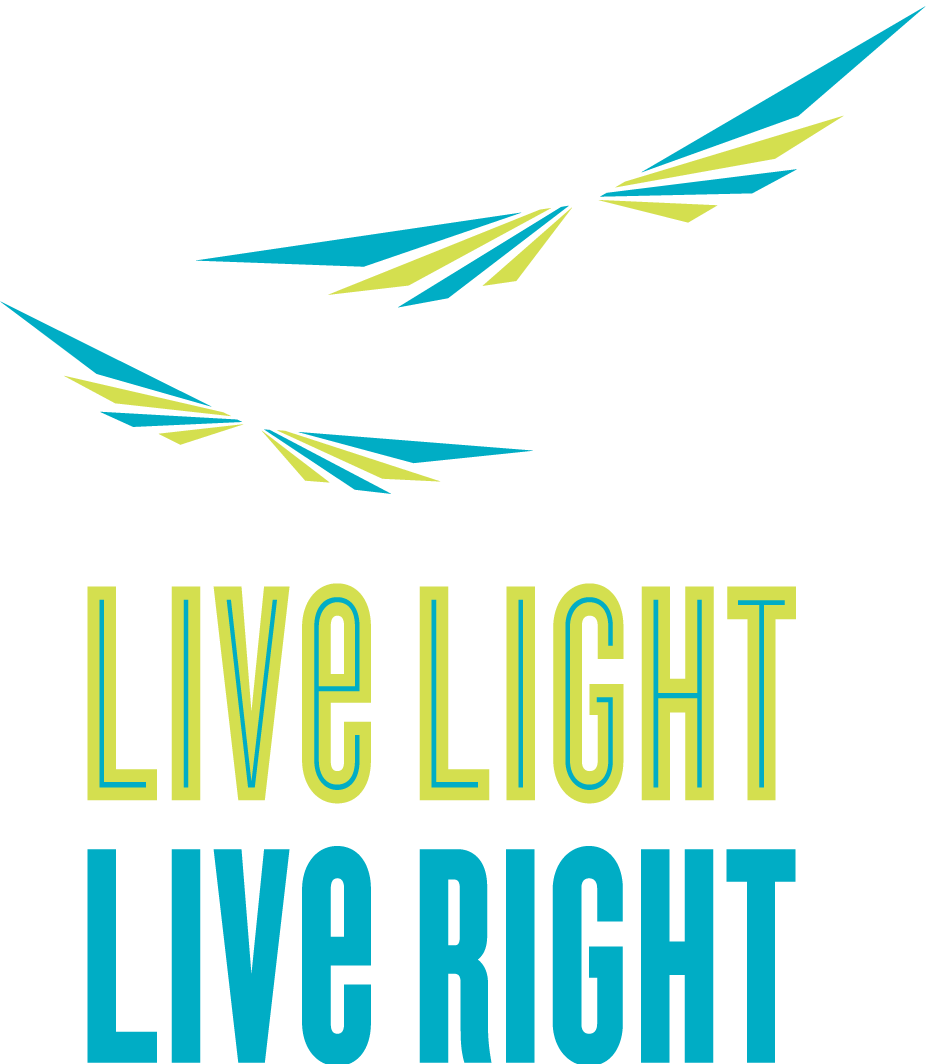
Food labels can be totally bewildering. Just because something says “low fat” doesn’t mean it’s not fattening. Confused? You’re not the only one. We’ve put together a tip sheet on how to shop smart so you go home with groceries full of healthy, nutritious ingredients.
- Start with the serving size. See how many servings are actually in the container. For example, an Arizona iced tea bottle usually has 2 ½ servings in it. Would you drink less than half the bottle and then put it away for another day?
- Calories. Check how many calories are in each serving. Let’s say there are 100 calories per serving in the drink you are about to drink. But there are 2.5 servings in the container. Multiply 100 by 2.5, and you’ll see that there are actually 250 calories in the container. This can be tricky! 1 container does not mean 1 serving.
- Fats. Try to make sure the foods you eat are low in total fats, saturated fats, and cholesterol. The Trans fat should say zero. Saturated and Trans fats raise your risk of heart disease.
- Sodium. Even though the food or drink might not taste salty to you, it can still be full of sodium. Sodium raises your blood pressure and you should not eat more than 2400 mg total in a day.
- Carbohydrates. Carbohydrates (or “carbs”) are important for giving your body energy, but try to limit the amount that comes from sugars. Sugar makes your blood sugar level rise, and turns to fat when you don’t use it. Check for anything that ends in “-ose” in the ingredients- that means sugar! Dietary fiber should be high. Fiber helps move your digestive system along and prevents heart disease and cancer.
- Protein. Most of us don’t have to worry about not getting enough protein, but try to have your protein come from foods like skinless chicken, turkey, fish, and beans, and not red meat like beef and pork.
- Vitamins and minerals. The goal is to get to 100% of what is recommended for each.


